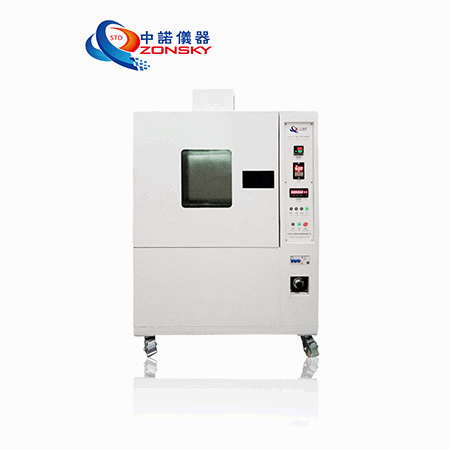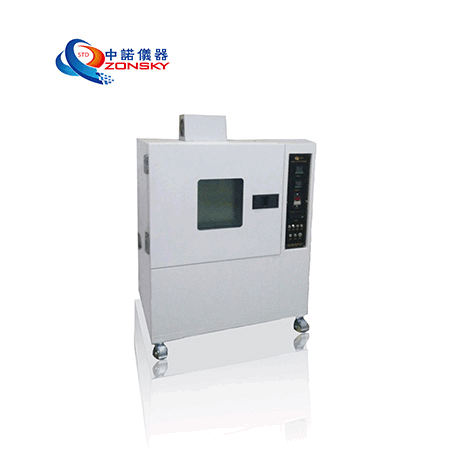Wire and cable Testing Equipment is essential for ensuring the quality, performance, and compliance of electrical cables and wires. By employing these testing instruments, manufacturers and technicians can verify the integrity of the products, identify faults, and guarantee safety and reliability. This article serves as a comprehensive guide to using wire and Cable Testing Equipment effectively.

Step 1: Familiarize Yourself with the Equipment:
Before using any wire and cable Testing Equipment, it is crucial to thoroughly read the manufacturer's instructions and familiarize yourself with the instrument's features, controls, and safety precautions. Understand the purpose and functionality of each testing mode or setting available on the equipment.
Step 2: Prepare the Testing Environment:
Create a suitable testing environment that is clean, well-lit, and free from any potential hazards. Ensure that the equipment is properly grounded and connected to a stable power source. Make sure all necessary auxiliary equipment, such as test probes, adapters, or fixtures, are readily available.
Step 3: Select the Appropriate Test Method:
Wire and cable testing equipment offers various test methods depending on the specific requirements. Common tests include continuity testing, insulation resistance testing, voltage withstand testing, and impedance measurement. Determine the appropriate test method based on the type of cable or wire and the desired evaluation parameters.
Step 4: Connect the Equipment:
Connect the wire or cable to the appropriate terminals or connectors on the testing equipment. Ensure a secure and proper connection to prevent false readings or unreliable test results. Follow the equipment's instructions and labeling to connect the wires or cables correctly.
Step 5: Set Up Testing Parameters:
Configure the testing parameters based on the desired test specifications. This includes setting the test voltage or current, measurement range, and any additional parameters specific to the test being conducted. Consult the equipment's user manual or specifications for guidance on selecting the appropriate parameters.
Step 6: Conduct the Test:
Initiate the test according to the selected method and parameters. Observe the equipment's display or indicators for real-time measurements or readings. Follow any prompts or instructions provided by the equipment during the testing process. Allow the equipment sufficient time to complete the test and record the results accurately.

Step 7: Interpret and Analyze Results:
After completing the test, carefully interpret the results obtained from the wire and cable testing equipment. Compare the measured values with the acceptable limits specified in relevant standards or specifications. Identify any deviations, faults, or inconsistencies that may require further investigation or corrective actions.
Step 8: Document and Report:
Record the test results, including all relevant information such as the test date, cable or wire identification, testing parameters, and measured values. Maintain a systematic and organized record-keeping system. Generate comprehensive reports summarizing the test outcomes, including any identified issues or anomalies.
Step 9: Maintain and Calibrate the Equipment:
Regularly inspect, clean, and maintain the wire and cable testing equipment as per the manufacturer's guidelines. Calibrate the equipment at the recommended intervals to ensure accurate and reliable measurements. Adhere to the equipment's calibration and maintenance schedule to optimize its performance and extend its lifespan.
Wire and cable testing equipment plays a crucial role in verifying the quality and safety of electrical cables and wires. By following the step-by-step guide outlined in this article and considering the manufacturer's instructions, technicians can effectively use the testing equipment to identify faults, assess performance, and ensure compliance with industry standards. Regular maintenance, calibration, and adherence to safety procedures will help maximize the reliability and accuracy of the testing equipment, allowing for consistent and trustworthy results.
 WhatsApp:
WhatsApp: Mobile Phone:
Mobile Phone: Contact Now
Contact Now